(455 products available)


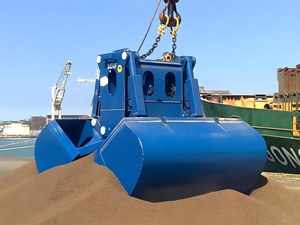










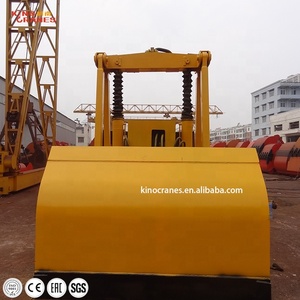
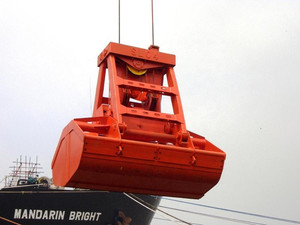


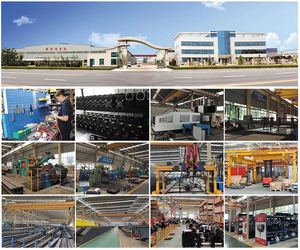
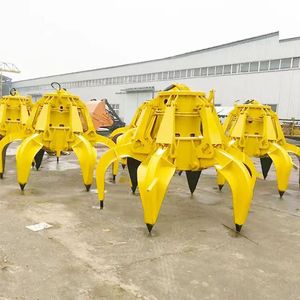


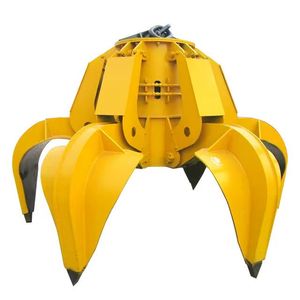
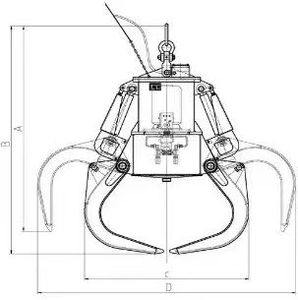
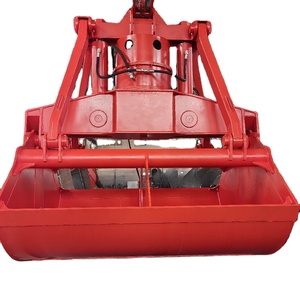



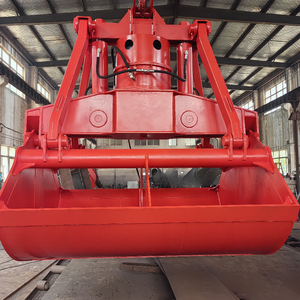








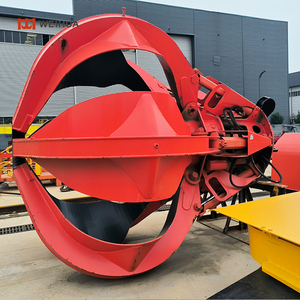



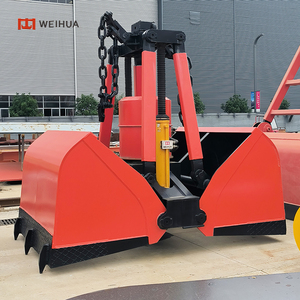


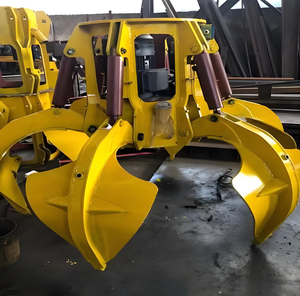

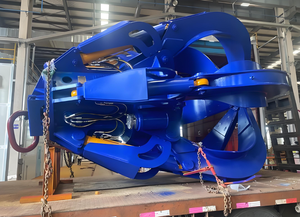


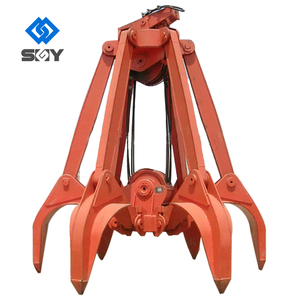
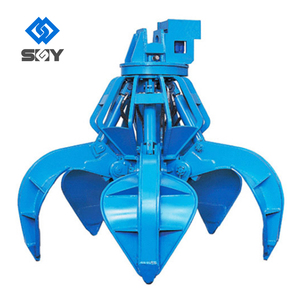










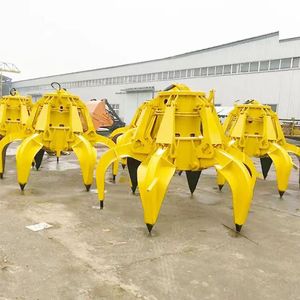
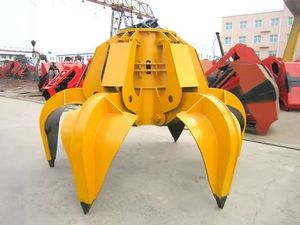




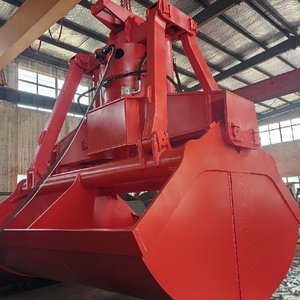

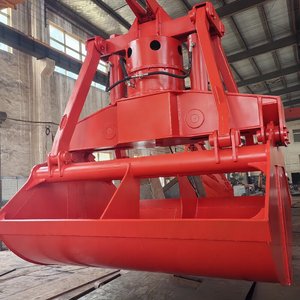
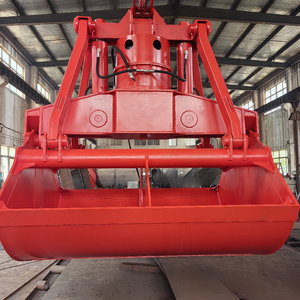



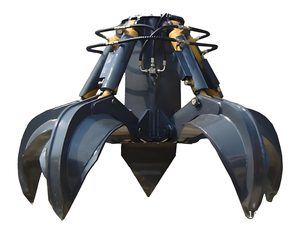
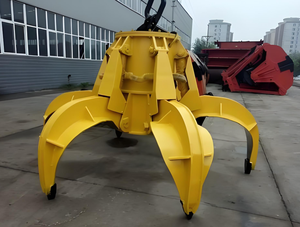










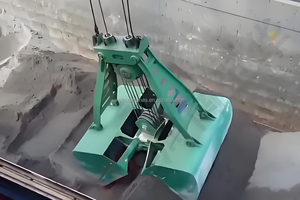
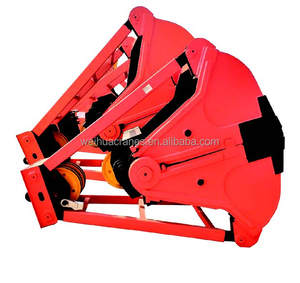








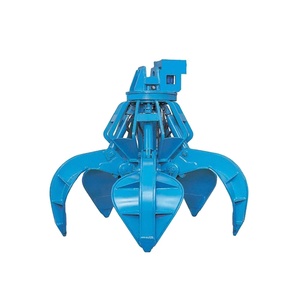
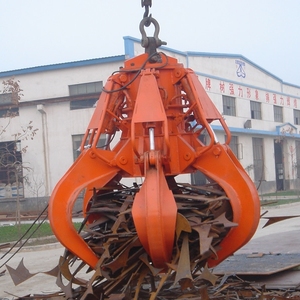
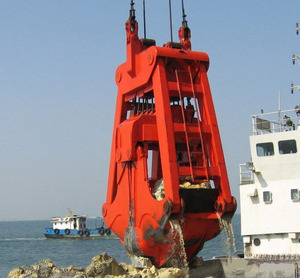







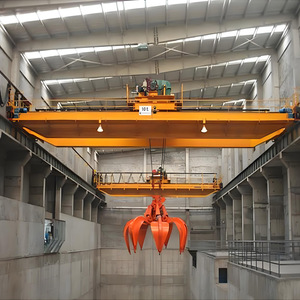




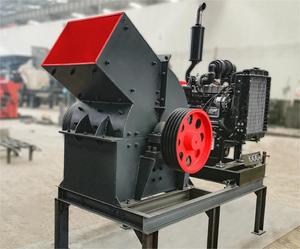

















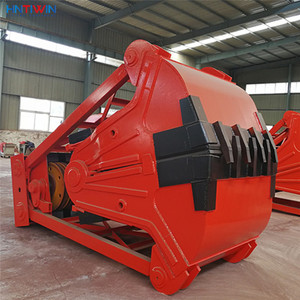








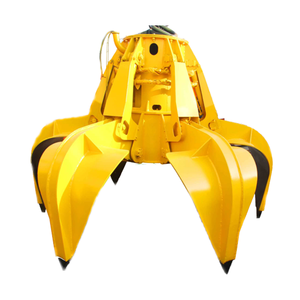









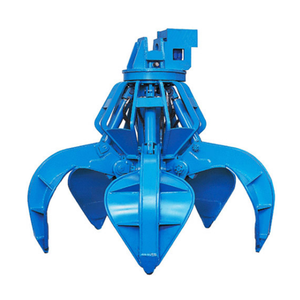

Ore grabs are special devices used to pick up and transport loose materials like ore, coal, and soil. They are essential tools for moving bulk goods in ports, mines, and construction sites. There are several kinds of ore grabs, each with its own special features and uses.
Mechanical ore grabs
Mechanical ore grabs use cables and pulleys to work. As the cable turns around a drum, it pulls the grab. This makes the two halves come together and pick up the material. Mechanical grabs are popular because they are simple and strong. They can handle many different types of goods. But, they need a lot of cables and pulleys to work well.
Hydraulic grabs
Hydraulic grabs work using oil pressure. Machines called hydraulic cylinders use oil pressure to move the grab's halves. This lets them pick up materials. Hydraulic grabs are very good at moving different types of goods. They are also gentle when handling fragile materials. An oil pump is needed to run hydraulic grabs, however.
Electronic grabs
Electronic grabs are controlled by small computers inside them. These computers let the grabs move more precisely. This helps prevent waste and makes the best use of the room. Electronic grabs usually have sensors that find the material being picked up. The sensors give information to the computer, which makes the grabbing process better. Electronic grabs are better at precision than regular grabs. But, they are more expensive and break down faster than other kinds of grabs.
Specialized grabs
Some grabs are made to handle certain goods or work in particular places. For example, clamshell grabs have two halves that scoop like a jaw. They are good for digging and picking up material from the ground. Bucket grabs have a design like a bucket. They are used for picking up liquids or small items. Custom grabs can be made for special needs. Businesses can ask manufacturers to make grabs suited to their individual operational needs.
Proper maintenance of ore grabs is essential for ensuring safety, minimizing downtime, and maximizing the lifespan of the equipment. Regular inspections should be done to check for any signs of wear, damage, or distortion of the grab buckets. Any faults, such as cracks, dents, or deformations, should be repaired promptly to avoid further damage and ensure operational safety.
Additionally, all moving parts, including hinges, chains, and ropes, should be lubricated regularly to keep them functioning optimally. This prevents them from getting stuck and ensures the smooth and efficient operation of the ore grab buckets. The lubrication process also reduces wear and tear and prolongs the lifespan of the equipment.
It is also important to keep the ore grabs clean and free of ore residues and dirt. This prevents the buildup of foreign materials from compromising the functionality and integrity of the grabs. It also prevents corrosion, which degrades the quality of the equipment. Cleaning should be done regularly and is often facilitated by water pressure and suitable cleaning agents.
Finally, the maintenance of ore grabs also involves proper handling techniques. This prevents unnecessary stress and strain on the grabs that can cause damage. It is, therefore, important to avoid overloading the grabs as this can also lead to damage and equipment malfunction. Injury from accidents and incidents can also be avoided.
Mining industry:
In the mining industry, ore grabs are widely used for ore loading, unloading, and transportation. They are installed on cranes or hoists to pick up ore from the ground or designated locations and load it into vehicles or containers for transportation. Conversely, they can also be used to unload ore from vehicles or containers and place it into the designated storage area. Ore grabs can also be used for ore stacking and storage. They can distribute the ore materials evenly within the storage area, which makes the storage space more efficient. Moreover, ore grabs can be utilized for equipment and maintenance duties. For example, some heavy equipment or tools need to be repaired, and ore grabs can help transport these pieces of equipment to the proper places.
Logistics industry:
In the logistics industry, ore grabs are mainly used for ore loading and unloading and transportation processing at terminals, distribution centers, and storage areas. Meanwhile, ore grabs can help with stacking and classification of ore. They can distribute different types of ore materials to designated locations, which facilitates the management and retrieval of ore materials. Furthermore, ore grabs can assist in cargo handling. For example, they can be used for loading and unloading operations on vessels, trucks, or containers, which improves the efficiency of sorting and distributing.
When it comes to choosing grabs for ore, miners must take various factors into consideration to pick the best grabs suited for their mining needs. With several ore grab types available, it is essential to create a list of the features of the ore grab. This helps to know which features suit the mining operation.
Considering the type of material, shape, and size of the material is also important. Often, different types of ores have unique characteristics that require specially designed grabs. For instance, heavy-duty grabs are often recommended for large, irregular ore pieces like iron ore. Meanwhile, hydraulic grabs work better for uniformly shaped, fine ores like gold or silver that require delicate handling to avoid losing valuable material through spillage.
Next, determine the lifting capacity and factor in the operational environment. Large-scale mining operations with high production demands may opt for grabs with higher capacity. Single-rope grabs are preferred for conventional mines, while double-rope grabs are preferred for hydromechanical systems such as dredging. In dredging operations, hydraulic grabs are suitable for underwater dredging, while electro-hydraulic roping systems are used for deep-sea mining.
Finally, consider the maintenance requirements of the ore grab. Choosing an ore grab with an excellent maintenance schedule will minimize downtime and prolong the equipment’s lifespan. If unsure about the compatibility of a particular grab with the mining operation, it is best to consult with experts or suppliers. Doing this will provide insight into the specific needs and challenges of the mining operation.
Q1: How much load does an ore grab have for maximum capacity?
A1: The maximum ore grab load is usually 50 to 60% of the overall capacity of the port facility.
Q2: How is ore held in the grab when lifted?
A2: Ore is held in the grab by its clamshell-like design. The open clamshell is placed under the ore, and as it moves upward, the jaws close and clamp the ore.
Q3: What are the specifications of an ore grab?
A3: The ore grab specifications include types like single rope grabs and double rope grabs, closed clamshell grabs, working capacity, volume, weight, opening width, operating temperature, and custom specifications.
Q4: Which industries use ore grabs?
A4: Ore grabs are used in ports, power plants, steel factories, and other places where mineral handling operations are done.